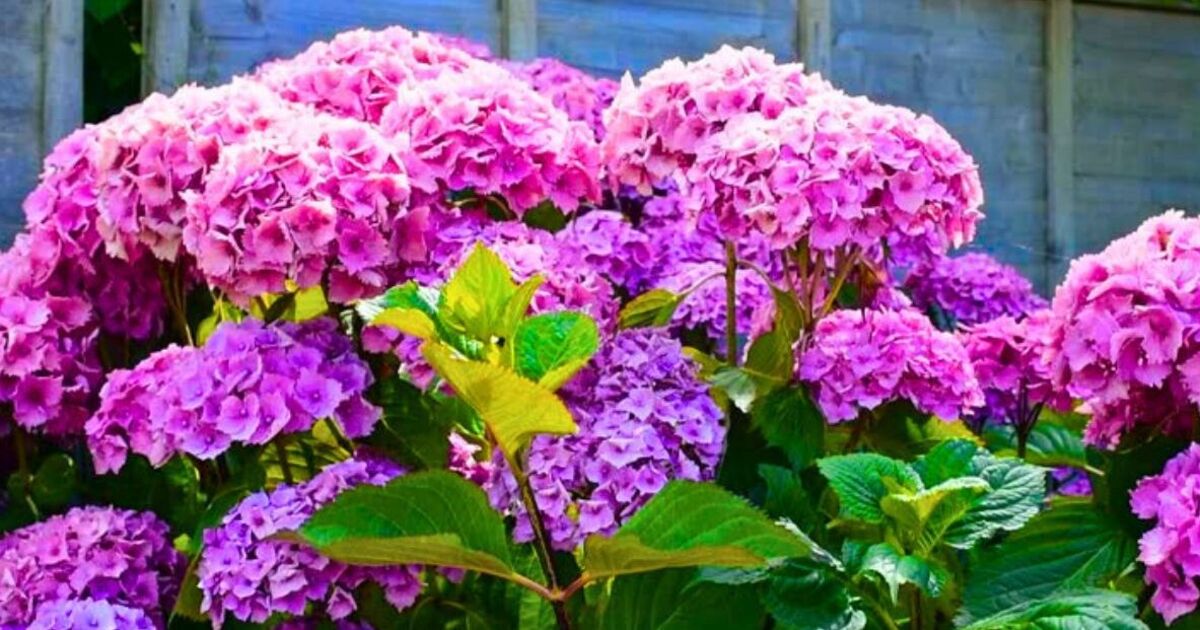As we enter into the second week of October, the space around us is garnished vivaciously with beautiful hues of fall colors making our surroundings exquisitely aesthetic. Among a variety of trees reflecting the bewitching beauty of fall, Japanese Maples are optimally desirable as they have proven to adapt exceptionally well to the Western Washington climate. It’s no wonder the local nurseries are brimming with these radiant trees, ready to be adorned in our gardens.
The magnificence doesn’t only limit itself to these dazzling trees, but it also extends to a vast variety of shrubs turning brilliant red, showcasing all the charisma of fall. Behold the beauty of the burning bush, scientifically known as Euonymus alatus ‘Compacta’, and the diverse range of Nandinas or Heavenly Bamboo plants. For those looking for a slightly lowered profile plant, groundcover plants with bright red berries like the spreading Cotoneaster would definitely be a perfect choice. Imagine them blending and harmoniously co-existing, creating an eruption of fall color that you can relish every year.
Indeed, one cannot overlook the radiating beauty of the Japanese maples, especially when they transform into a mesmerizing red color every October. However, they come in different sizes – some appear low, staying under four feet while others expand, growing taller than our houses, acquiring the likeness of a tree rather than a dwarf shrubbery. But how many of us know that the towering ones cannot be pruned back to appear like the shorter ones? Unfortunately, no matter how much you attempt to prune it, the taller one can never be dwarfed down.
The height discrepancy among the Japanese Maples is due to the fact that the shorter one has been grafted onto a dwarf rootstock and naturally, cannot grow upward like its taller counterpart. The optimal time to prune your Maples is late winter or early spring, during their dormant, leafless period. The foremost purpose of pruning is to thin out dead wood, eliminate crossing branches, and enhance the overall shape of the tree. Take care with your pruning activities by never removing more than one third of the branches in any pruning session.
Turning our attention now to the Burning bush plants, it’s typical for these to turn yellow during the summer season and not exhibit their red color until later in the year. However, before you rush to the conclusion that your plant is dying, it’s important to remember that these bushy shrubs prefer well-draining soil and full sun. Their roots could be rotting if drowned due to oversaturation from sprinkling systems.
If your burning bush falls into this category, fret not as all hope is not lost! You can still salvage the dying plant by removing it from the damp soil and replanting it on to a berm or raised bed with speedy draining soil. The new home for your plant awaits, and it could be the treatment it requires to get back to its glorious state.
Lastly, let’s peek into dealing with groundcovers like ajuga, which is usually found in shaded spots in gardens. You can definitely transplant such groundcover plants this week if required. However, it is vital to plant them before the ground freezes for a successful transplant operation. One pro tip to bear in mind is that plants should ideally go dormant during fall, so fertilizing during this time of year is strongly discouraged, even for newly transplanted or added plants. Instead, let nature take its course.
Thus, the incredible rides of fall colors enlighten our gardens with their vibrant and enriching beauty. Having a deeper understanding of these charming trees, shrubs, and groundcovers, you can now make enlightened decisions to embellish and tend your garden artfully. However, always remember, in gardening, less is more, and timing is always of the essence.




